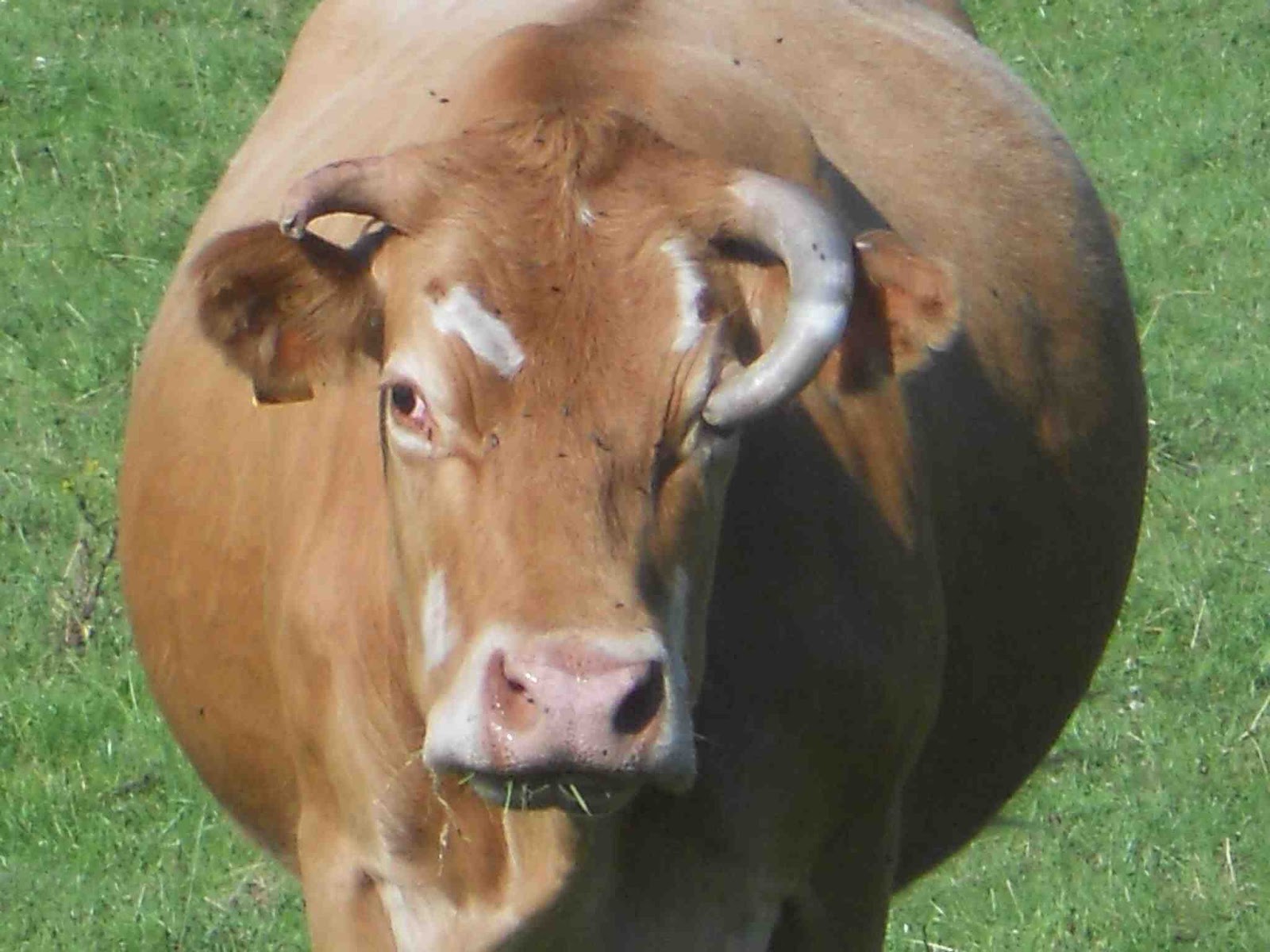Have you ever wondered why some animals have horns that seem to grow continuously into their heads? This fascinating phenomenon, often observed in various species, raises questions about biology, evolutionary adaptations, and animal behavior. In this article, we will delve into the intricate details surrounding the concept of "horn keeps growing into head," exploring the biological mechanisms behind horn growth, the significance of this trait in the animal kingdom, and the implications for both the creatures themselves and their ecosystems.
As we embark on this journey, we will examine specific examples of animals that exhibit this unique trait, discuss the evolutionary advantages of horn growth, and address common misconceptions about horns. Through comprehensive research and reliable sources, we aim to provide a well-rounded understanding of this intriguing topic.
Whether you are a biology enthusiast, a student, or simply curious about the wonders of nature, this article will offer valuable insights. Join us as we explore the captivating world of horn growth and its impact on the lives of these remarkable animals.
Table of Contents
- Biological Mechanism of Horn Growth
- Evolutionary Significance of Horns
- Species Examples
- Myths and Misconceptions
- Health Implications of Horn Growth
- Conservation Issues Related to Horn Growth
- Future Research Directions
- Conclusion
Biological Mechanism of Horn Growth
Horns are complex structures made primarily of keratin, the same protein that makes up human hair and nails. The growth of horns occurs in a specific manner:
- Continuous Growth: Unlike antlers, which are shed and regrown annually, horns grow continuously throughout an animal's life.
- Growth Zones: Horns develop from a growth zone located at the base, which is responsible for new material production.
- Nutrition and Environment: Factors such as diet, health, and environmental conditions can significantly influence horn development.
How Horns Form
The process of horn formation is intricate and involves several stages:
- Cell Division: Rapid cell division occurs at the base of the horn, leading to growth.
- Keratinization: The accumulated cells undergo keratinization, forming a hard structure.
- Influence of Hormones: Hormones play a crucial role in regulating the growth rate and overall development of horns.
Evolutionary Significance of Horns
Horns serve several important functions in the animal kingdom, contributing to survival and reproduction:
- Defense Mechanism: Horns can be used for self-defense against predators.
- Attracting Mates: In many species, larger and more impressive horns are attractive to potential mates.
- Social Hierarchy: Horns can indicate social status within a group, impacting breeding opportunities.
Adaptations Over Time
Over millions of years, horns have evolved to meet the specific needs of different species:
- Size Variability: The size and shape of horns can vary greatly based on ecological niches.
- Species Specialization: Some species have developed unique horn characteristics that serve specific functions in their habitats.
Species Examples
Several species exhibit the characteristic of horns growing into their heads. Here are some notable examples:
- Mountain Goat: Known for its impressive curved horns that can grow throughout its lifetime.
- Ibex: These animals have long, backward-curving horns that can reach significant lengths.
- Rams: Male sheep possess large, spiraled horns that continue to grow and can become a defining feature.
Myths and Misconceptions
There are several myths surrounding horn growth that can lead to misunderstandings:
- Horns are Dangerous: While they can be used defensively, horns do not pose a threat to other animals unless provoked.
- All Horns Grow Indefinitely: Not all species experience continuous growth; some shed their horns seasonally.
Health Implications of Horn Growth
Excessive horn growth can lead to health issues in certain species:
- Injuries: Long horns can become cumbersome and lead to injuries during fights or falls.
- Infections: Damaged horns may become infected, impacting the animal's overall health.
Conservation Issues Related to Horn Growth
The demand for horns in traditional medicine and trophy hunting has led to significant conservation challenges:
- Endangered Species: Many species with valuable horns are at risk of extinction due to poaching.
- Habitat Loss: Environmental changes can impact horn development and overall animal populations.
Future Research Directions
Understanding horn growth is essential for conservation efforts and species preservation:
- Genetic Studies: Further research is needed to explore the genetic factors influencing horn growth.
- Behavioral Studies: Observing animal behavior concerning horn growth can provide deeper insights into evolutionary adaptations.
Conclusion
In conclusion, the phenomenon of "horn keeps growing into head" is a captivating topic that intertwines biology, evolution, and ecology. Understanding the mechanisms behind horn growth, its evolutionary significance, and the implications for species health and conservation is crucial for appreciating the complexity of animal life.
We encourage you to reflect on the information shared in this article and consider the role of horns in the natural world. If you found this article informative, please leave a comment, share it with others, or explore more articles on our site.
Thank you for taking the time to learn about this fascinating topic. We hope to see you back for more intriguing insights into the wonders of nature!
Also Read
Granny In Bikini: Embracing Confidence And Body Positivity At Any AgeDylan Rounds: The Mysterious Disappearance Of A Young Farmer
All About Rosanna Scotto: A Journey Through Her Life And Career
Little League World Series: Celebrating Youth Baseball Excellence
Did Rude ABC Reporter Get Fired? An In-Depth Investigation
Article Recommendations
- Henry Cho Comedian Wife
- Blue Bicycle York
- Vtech Touch And Learn Activity Desk
- Kylie Jenner With Kardashian Sisters
- 90s Cartoons Cartoon Network
- Galazeye Reviews
- Where Is Future From
- Sugar Babies
- Astrological Sign For October 4
- Whaddon Healthcare




